calsfoundation@cals.org
Magnolia (Columbia County)
County Seat
| Latitude and Longitude: | 33º16’01″N 093º14’21″W |
| Elevation: | 330 feet |
| Area: | 13.23 square miles (2020 Census) |
| Population: | 11,162 (2020 Census) |
| Incorporation Date: | January 6, 1855 |
Historical Population as per the U.S. Census:
|
1810 |
1820 |
1830 |
1840 |
1850 |
1860 |
1870 |
1880 |
1890 |
1900 |
|
– |
– |
– |
– |
– |
– |
259 |
536 |
1,486 |
1,614 |
|
1910 |
1920 |
1930 |
1940 |
1950 |
1960 |
1970 |
1980 |
1990 |
2000 |
|
2,045 |
2,158 |
3,008 |
4,326 |
6,918 |
10,651 |
11,303 |
11,909 |
11,151 |
10,858 |
|
2010 |
2020 |
|
|
|
|
|
|
|
|
|
11,577 |
11,162 |
|
|
|
|
|
|
|
Magnolia is the county seat of Columbia County and home of Southern Arkansas University (SAU). It is also an important industrial center in southern Arkansas as a locus of the oil and bromine industries.
Early Statehood through the Civil War
In March 1853, after Columbia County was created, the first county court met at a store in a low, swampy place called Frog Level. Three commissioners were appointed to locate the geographical center of the county for purposes of establishing a county seat. However, the geographical center ended up being in the bottoms of Big Creek, even lower than Frog Level, and so the site for the county seat was moved one mile to the east. On June 21, 1853, J. J. Thomas and John L. McCarty deeded the land on which the city was established, and a one-room log cabin was built to serve as a temporary courthouse. The commissioners were at a loss as to what to name the new city until, at a dinner with local planter R. G. Harper, the planter’s daughter suggested the name of Magnolia. According to another source, commissioner Norborn Young asked his fiancée to suggest a name for the city and misunderstood her when she replied, “Peoria.” The absence of any actual magnolia trees did not keep the name from sticking.
Colonel M. G. Kelso surveyed and laid out the city, modeling it after the town of Oxford, Mississippi, which he had previously surveyed. Magnolia was incorporated in 1855 with Hiram Slay as the mayor. The next year, the log courthouse was replaced by a larger frame structure. The mainstay of the local economy from the beginning was cotton, which was hauled to Camden (Ouachita County) or Shreveport, Louisiana, before the advent of the railroad. Many early settlers were slaveholders.
The first newspaper to service Magnolia was the Clarion, founded in the late 1850s. Later, the Flower and Vindicator were also established. No major Civil War engagements were fought in the area. Approximately 1,000 county men enlisted in military service for the Confederacy, and about a third of these died during the war. Originally from Tennessee, Confederate major general John Porter McCown settled in Magnolia after the Civil War.
Reconstruction through the Gilded Age
Baptist, Methodist, and Presbyterian congregations had been present in Magnolia since before the Civil War, but afterward, numerous Black churches formed, especially of the African Methodist Episcopal (AME), Church of God in Christ (COGIC), and Christian (originally Colored) Methodist Episcopal (CME) denominations.
On November 12, 1878, the Columbia Banner began publication. In 1882, the St. Louis, Arkansas and Texas Railroad (Cotton Belt) crossed through the county, giving rise to such towns as what are now McNeil and Waldo but bypassing Magnolia. In response, city leaders raised money for a spur line connecting to the railroad, and this spur was completed in 1883. The Bank of Magnolia was established after the Cotton Belt came through but liquidated in 1892. In May 1892, the Columbia County Bank was organized in Magnolia. Magnolia Compress Company was organized in 1895 to handle cotton.
In 1899, the same year the city’s phone system was established, the Louisiana and Northwestern Railroad connected Magnolia to locations in Louisiana. After the arrival of the railroads, lumber interests set up shop in the city. That same decade, local farmers began diversifying with orchard fruits and grapes.
Early Twentieth Century
In March 1902, the People’s Bank of Magnolia was organized. It merged with the Columbia County Bank in 1932. Construction on a new courthouse was completed in 1906. Third District Agricultural School, one of four agricultural schools created throughout the state in 1909, held its first classes in 1911. The institution is now Southern Arkansas University, a four-year school.
An anti-Catholic newspaper called The Liberator was published in Magnolia from 1912 to 1915.
On November 11, 1919, Jordan Jameson, an African American who had reportedly shot and killed the sheriff, was taken from officers early in the morning and lynched in the public square. His body was burned.
Oil was discovered in the county on June 8, 1922, the year after the south Arkansas oil boom began in neighboring Union County. Various oil wells were dug throughout the 1920s and 1930s, and the industry played a major role in the growth of Magnolia, insulating the city from some of the hardships of the Great Depression. Another major industry was the textile industry, which came to Magnolia with the establishment of the Magnolia Cotton Mill in 1927.
On March 17, 1928, the Columbia Banner merged with the Magnolia News to become the Banner-News, the newspaper that services the city and county as of 2010. The city opened a library on June 1, 1929. In 1929–1930, a new jail was constructed to replace the 1890s jail. In 1939, the city hospital was built as part of a Works Progress Administration (WPA) project. The Civilian Conservation Corps (CCC) was also active in the Magnolia area, organizing a camp on June 26, 1935. CCC laborers in the area carried out emergency conservation services. The camp was later used by the National Youth Administration (NYA).
World War II through the Modern Era
The former CCC camp was used to house conscientious objectors during World War II under the name of Camp Magnolia. This camp remained in use until a tornado on April 10, 1945, destroyed it, after which residents were sent to other such camps throughout the nation. Post–World War II growth in Magnolia finally filled in the distance between the city and the campus of SAU, which was originally situated north of the city. Starting in the 1960s, there arose in and around Magnolia an industry centered upon the production of bromine, a valuable halogen produced from oil field brines.
Industry and the presence of SAU have helped Magnolia maintain a population in excess of 10,000 since the 1960s. The city has steadily expanded toward the Highway 79/82 bypass, and the local government in late twentieth and early twenty-first century passed sales taxes for the promotion of economic and industrial development. American Fuel Cells and Coated Fabrics Company (Amfuel), which produces fuel cells, primarily for military aircraft, has an operation in Magnolia. The bromine industry is controlled by Albemarle Corporation.
Education
In 1859, a frame school building was constructed. In the 1870s, the Magnolia Female Institute operated. The Southwestern Academy, a private preparatory school, was established in 1894, but it closed in the early twentieth century, and its building was used by the Magnolia Grammar School until it burned. Magnolia High School was built in 1917. Later additions to the campus were constructed by the WPA. The Magnolia School District currently consists of a high school, a junior high school, two elementary schools, a kindergarten, and a pre-kindergarten center.
Attractions
Logoly State Park, just a few miles northeast of Magnolia, was the state’s first environmental educational park, established in the 1970s. Lake Columbia to the west of the city provides fishing and boating opportunities. The South Arkansas Symphony Orchestra regularly performs in Magnolia. The city hosts the annual Columbia County Fair and Livestock Show as well as the Magnolia Blossom Festival. Numerous properties in Magnolia are listed on the National Register of Historic Places, including two historic districts: the Cross and Nelson Hall Historic District, which consists of buildings constructed by the Public Works Administration on the SAU campus during the 1930s, and the Magnolia Commercial Historic District. The Couch-Marshall House, the Kate Turner House, and the Columbia County Jail are other noteworthy historical properties. Magnolia is also one of nineteen locations in Arkansas where Depression-era post office art may be viewed. The South Arkansas Heritage Museum preserves and interprets the history of the area.
Famous Residents
Industrial pioneer Harvey Couch was born in nearby Calhoun (Columbia County) but moved to Magnolia when he was seventeen. After working on the railroad, he set up a telephone system in the area, which he later sold to Southwestern Bell. He then went on to found Arkansas Power and Light (AP&L), which supplied power to most of the state’s counties. Horace Wade, a four-star general and vice chief of staff of the U.S. Air Force, was born and educated in Magnolia. Bestselling mystery and horror writer Charlaine Harris settled in Magnolia in the late 1980s. She is best known for her “Southern Vampire” series of novels, which serve as the basis for the HBO television series True Blood. Roy Roberts, a native of Magnolia, rose through the ranks of the automotive industry from management trainee to vice president of General Motors Corporation (GM). Don Fess built and patented a prototype automobile engine using rotating pistons. Roy Green was once described by Sports Illustrated as the most versatile player in professional football, playing with the St. Louis Cardinals in the National Football League (NFL). Politician Tim Griffin grew up in Magnolia and graduated from high school there.
For additional information:
Kilgore, Nettie Hicks. History of Columbia County. Magnolia, AR: Magnolia Printing Company, 1947, 1976.
Magnolia, Arkansas. http://www.magnolia-ar.com/ (accessed July 20, 2022).
Martel, Glenn G. “The Textile Industry in Columbia County, Arkansas.” Arkansas Historical Quarterly 5 (Spring 1946): 78–86.
Staff of the CALS Encyclopedia of Arkansas
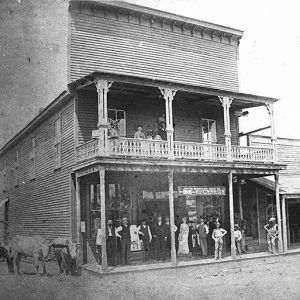 Alexander Hotel
Alexander Hotel  Columbia Baptist Academy
Columbia Baptist Academy 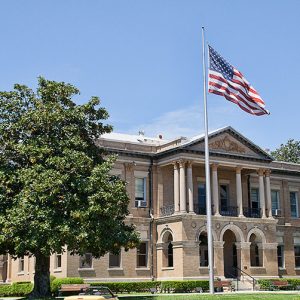 Columbia County Courthouse
Columbia County Courthouse 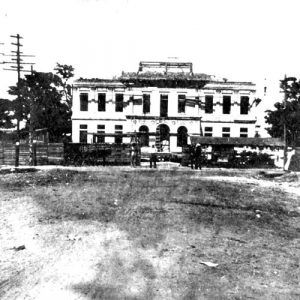 Columbia County Courthouse
Columbia County Courthouse 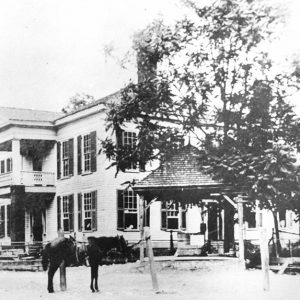 Columbia County Courthouse
Columbia County Courthouse  Columbia County Jail
Columbia County Jail 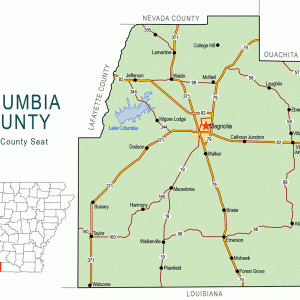 Columbia County Map
Columbia County Map 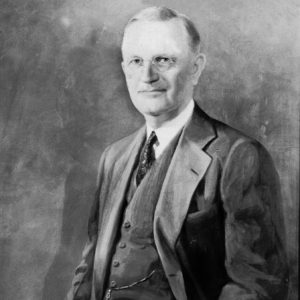 Harvey Couch
Harvey Couch 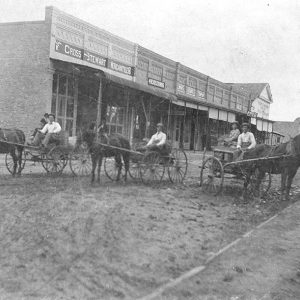 Cross Stewart Mercantile
Cross Stewart Mercantile 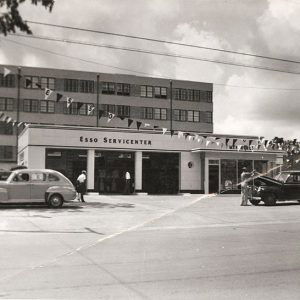 Esso Servicenter
Esso Servicenter  Charlaine Harris
Charlaine Harris 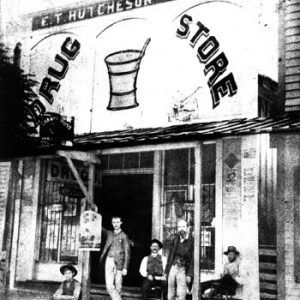 Hutcheson Drug Store
Hutcheson Drug Store  Kate Turner House
Kate Turner House  Magnolia Town Square
Magnolia Town Square 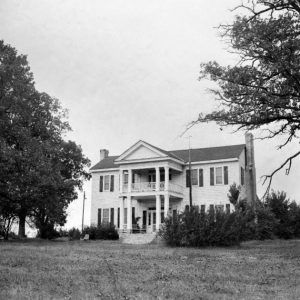 Magnolia Antebellum House
Magnolia Antebellum House 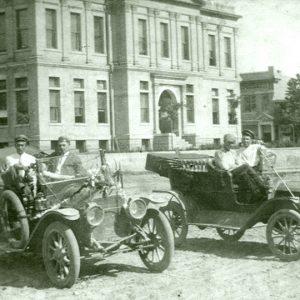 Magnolia Autos
Magnolia Autos 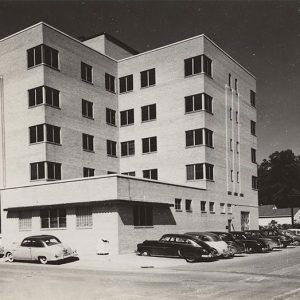 Magnolia Inn
Magnolia Inn 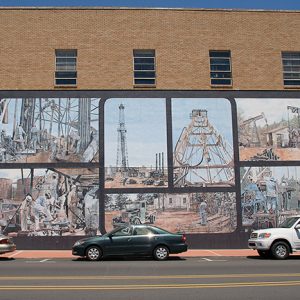 Magnolia Oil Field Mural
Magnolia Oil Field Mural 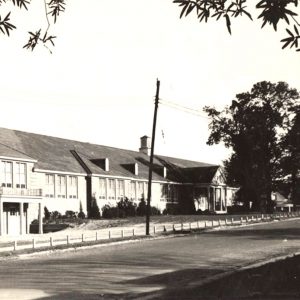 Magnolia School
Magnolia School 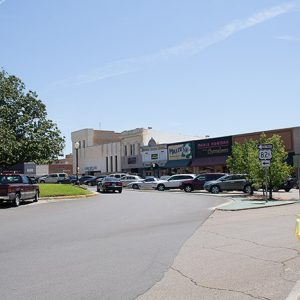 Magnolia Street Scene
Magnolia Street Scene 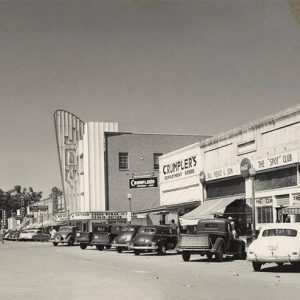 Magnolia Street Scene
Magnolia Street Scene 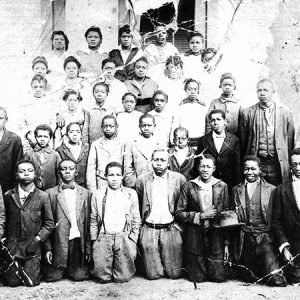 Magnolia Students
Magnolia Students  Magnolia Telephone Operator
Magnolia Telephone Operator 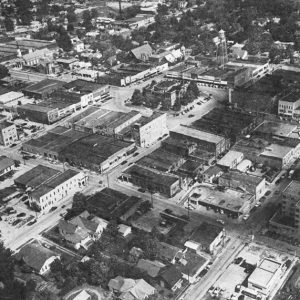 Magnolia View
Magnolia View 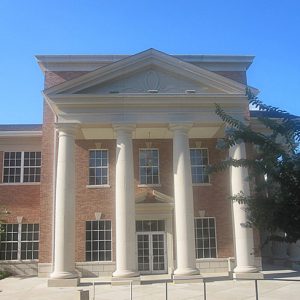 SAU Student Center
SAU Student Center 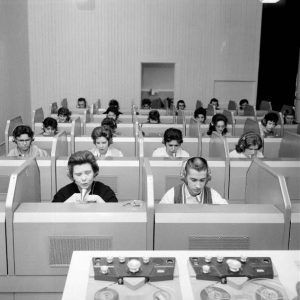 Southern State College Language Lab
Southern State College Language Lab 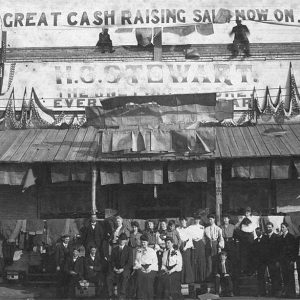 Stewart Store
Stewart Store 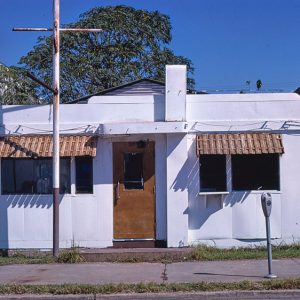 Valentine Diner
Valentine Diner 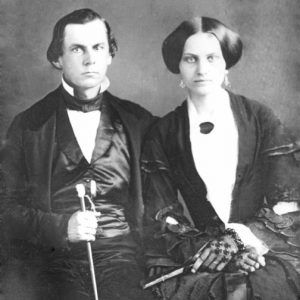 Norborn and Sarah Young
Norborn and Sarah Young 



Comments
No comments on this entry yet.